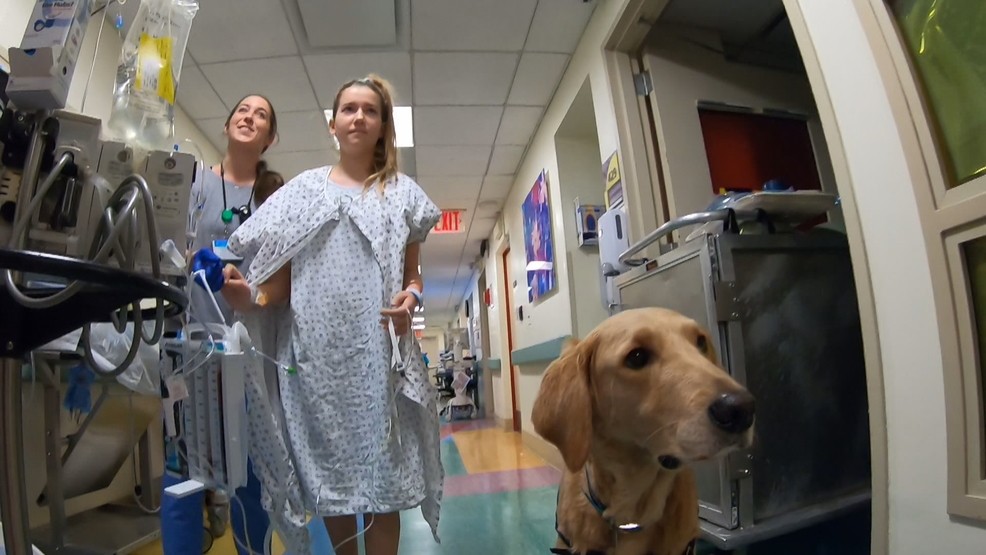Dr. Lonner Featured on WSBT 22

Thrown For a Curve: New surgery gives new hope to children with scoliosis
https://wsbt.com/news/local/thrown-for-a-curve
It affects an estimated two- to-three percent of children in the U.S.-- idiopathic scoliosis.
Scoliosis is a curvature of the spine, and idiopathic simply means the cause is unknown.
WSBT’s Todd Connor was thrown for a curve when he found out his daughter had it, but now a small group of doctors around the country is giving kids like her new hope.
She just recently underwent a relatively new surgery called VBT to correct her curved and twisted spine.
"Yes, I think this is the busiest week of my 25-year career," said Chief of Minimally Invasive Scoliosis Surgery Dr. Baron Lonner.
Three weeks before Christmas, The Connor family found themselves at Mount Sinai Hospital in New York, their 13-year-old daughter prepped for surgery.
She was one of eight children who Dr. Baron Lonner would operate on that week. performing Vertebral Body Tethering, known as VBT.
"[I’m] nervous, I don't want to do it,” said Todd’s daughter Keegan Connor, before surgery.
Less than two months prior, Todd and his wife Sheryl accidentally discovered Keegan had idiopathic scoliosis after an employee at her orthodontist's office spotted it.
"So, she was looking at my shoulders and she was like, ‘I think your daughter may have some scoliosis because I have it and I know the signs of it,’" said Keegan Connor.
An x-ray revealed Keegan's spine had a curvature of 48 degrees. After some quick research and consultations with several doctors, they discovered the benefits of VBT.
Unfortunately, it's not available in Indiana, so the Connors settled on Dr. Lonner, one of the world's leading surgeons.
“This is what vertebral body tethering does,” said Dr. Lonner. “It allows motion, it allows growth and it corrects the deformity.”
The more common spinal fusion surgery that's been the go-to for decades also straightens the spine but restricts motion and growth. That's not what a teenager wants to hear when she envisions a life on Broadway.
For Keegan, singing and dancing is her life, so the risk is worth the reward.
"I was really happy to hear that they also had another alternative because I wanted to stay as flexible as possible,” said Keegan.
Dr. Lonner has performed about 300 of the VBT surgeries and believes as many as 1,500 have been done around the world.
But that number is expected to rise much faster since the Food and Drug Administration approved a new device last year made by Zimmer Biomet of Warsaw.
“There's a new system that's an FDA approved implant that we use for this VBT procedure for the first time, so that gives more credibility to this operation,” said Dr. Lonner.
Unlike spinal fusion, that relies on steel rods to straighten the spine, doctors performing VBT use titanium screws connected by a flexible tether or cord.
"And then we lay this flexible cord into the vertebrae, and we tighten the cord. We tension it together to get some correction,” said Dr. Lonner.
Days after surgery, Keegan was up and walking. Her nearly 50-degree curve is down to 26 percent, and her spine should continue to straighten as she grows.
Typical recovery is four to six weeks before patients return to normal activity, as opposed to three months for fusion.
But with the upside comes the unknown because VBT is so new.
"The biggest concern with this operation is how will the discs fare, will the spine become painful many years down the road, we don't know," said Dr. Lonner. "I think it's not perfect just like any other procedure, but it's been very promising."
Promising, but no promises. Only time will tell how this surgery holds up.
"That was the only thing I was worried about, that was, something bad could happen because it's fairly new,” said Keegan. "I've had my ups and downs with this, but it's all good now.”
Dr. Lonner of the Mount Sinai Spine Hospital points out, this surgery isn't for everyone, it depends on age and the degree of curvature.
And it works best when the patient is still growing, so timing is important as the Connors found out. By the way, Keegan is doing well, back on stage singing and dancing.
